Large cats are generally used to describe wild and big cats. But many large cats face extinction due to the loss of their habitats. Big cats originated about 25 million years ago with other species and are classified under the family felidae. Many different types of large cats are included in this family with largest members like tiger to the smallest ones like clouded leopard.
Large Cats in the World
Tiger
Distribution: Asia
Characteristics:
They have a dark orange color skin surface over which dark brown and black vertical strips are present.
Tigers are carnivore in nature and generally feed on different animals such as buffalo, cows, deer, leopard, etc.
It is observed that most of the tigers prefer to live along the water region because they love bathing frequently.
They have very large bodies and on average they can leap up to 17-18 feet.
Situation:
Tigers are now getting towards endangered species.
Lion
Distribution: Africa, Asia, America
Characteristics:
Male lions usually do not hunt and the process of hunting is done by their females.
Lions along with their females and lion cubs make up prides.
They are considered as world’s second largest cat species of felidae.
Their skin is covered by a thick coat which is light brown in color.
When baby lions are born they have small spots over their body surface which disappears after they get mature.
They feed on other animals such as zebras, buffalo, etc.
Situation:
Lion is considered to be endangered and a decline of 30-50% is observed in the past few years.
Jaguar
Distribution: the Americas
Characteristics:
After lion, jaguar is considered as third largest wild cat in the world.
Jaguar is the national animal of Brazil.
In appearance, they show much resemblance with leopards but they are bigger in size as compared to leopards.
They control and regulate prey species and that is why called as predators.
They have short limbs and they utilize them well in climbing, running and swimming.
They have very sharp teeth; even a single bite of them can tear a thick reptilian skin apart.
Situation:
Jaguar is also vulnerable to be endangered, as the number is falling down quickly.
Snow Leopard
Distribution: Asia
Characteristics:
They are very much resembled with leopards and the only difference is their long tails which help them in making their balance.
The total life span of snow leopard is estimated as 16-18 years.
They are considered as calm animals which do not fight for their regions and territories.
They feed on animals which are three times of their size such as deer, boars, etc.
Situation:
According to a research, approximately 5000 species of snow leopard leave, making them an endangered cat species.
Leopard
Distribution: Asia, Sub-Saharan Africa to Siberia
Characteristics:
They have a thick coat over their body the color of which may vary from yellow to brown.
They have rosette-like spots spreading all over their bodies.
They have extremely powerful jaws and muscles and they utilize them for capturing their prey.
There is diversity in size of male and female leopards. Male leopards are generally 30-35% larger than female leopards.
Due to their spots, they are sometimes confused with cheetah (but leopards possess a specific rosette-like spots which cheetahs don’t).
Situation:
According to Wikipedia, leopard is on the list of near threatened animals due to habitat loss and hunting for trade. Leopard is regionally extinct in some places such as Hong Kong, Kuwait, Libya, etc.
Cheetah
Distribution: Africa, Asia
Characteristics:
They have black and round dots over their body surface.
As compared to other large cats, they have comparatively small heads.
They usually feed on mammals such as zebras, gazelles, etc.
The body temperature of cheetah becomes high when they sprint for their prey. If this temperature remains high for a longer period of time, this could come out as fatal for them.
Situation:
Cheetah is considered as one of vulnerable species to be endangered.
Cougar
Distribution: the Americas
Characteristics:
They are also called as catamount and puma.
They have erected ears and powerful jaws required for hunting.
Their body muscles are not as powerful as a jaguar has and they cannot roar like an actual large cat.
They have largest paws among the family of felidae.
They are obligate carnivore and purely depend on other animals such as deer, zebras, buffalo, etc.
Situation:
The populations of cougar are dropping in most parts of its range due to habitat loss and hunting.
Clouded Leopard
Distribution: Asia
Characteristics:
They have a soft fur over their body surface with the color ranging from yellow to brown.
Males of this species are generally larger than females.
They have cloudy spots all over their body frequently distributed along the neck region.
They have extremely large and sharp teeth and are considered as largest teeth among all large cats.
They are climber predators and depend on animals such as squirrel, goats, pigs, etc.
Situation:
The Clouded Leopard is considered as one of highly vulnerable species.
Sunda Clouded Leopard
Distribution: Indonesian island of Borneo and Sumatra
Characteristics:
They have a secretive nature and considered as a solitary creature.
Their bodies are covered with thick coats and different irregular shaped clouded spots are present.
Some genetic research clearly indicates that the Sunda Clouded Leopard should be considered a separate species.
They have a strong posture but a little short in height than other large cats.
Like other large cats, they are also predators and depend on animals such as pigs, deer, sheep, buffalo, etc.
Situation:
The Sunda Clouded Leopard is considered as one of highly vulnerable species.




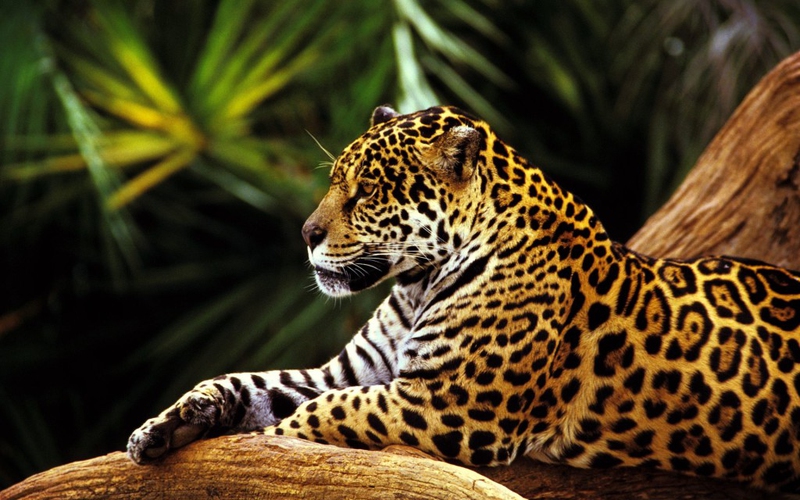
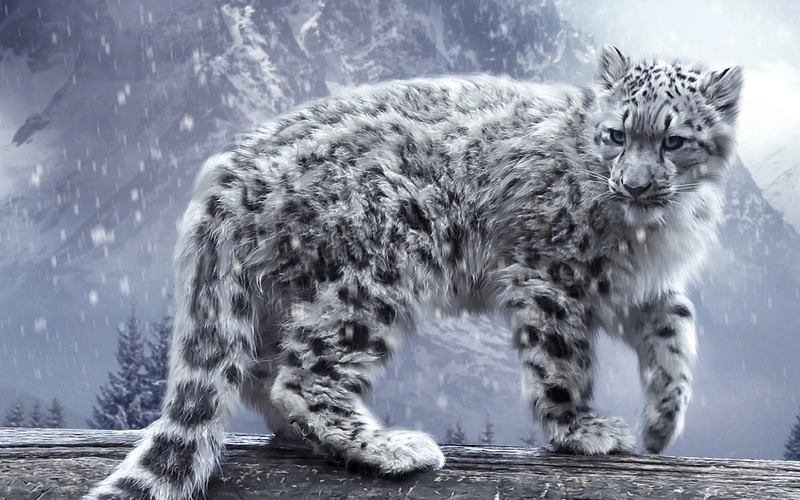
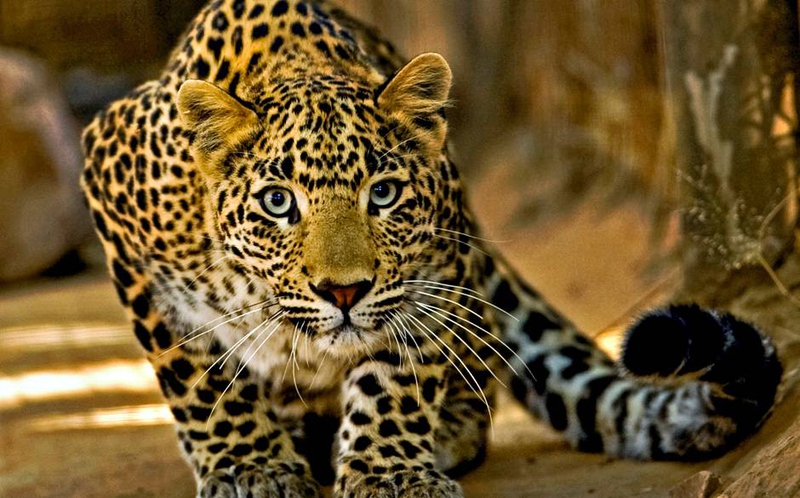
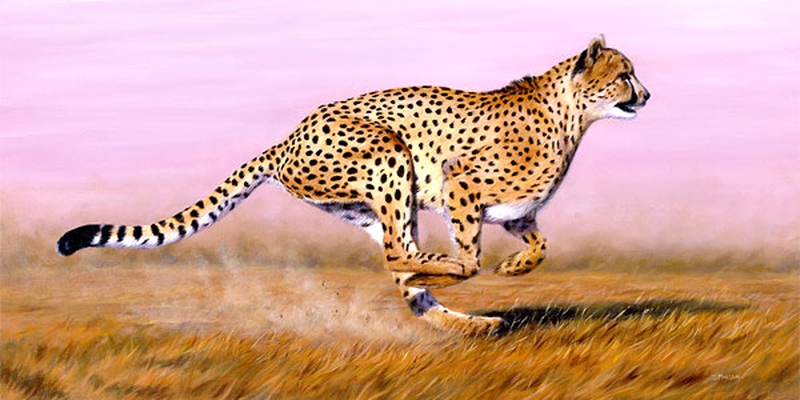
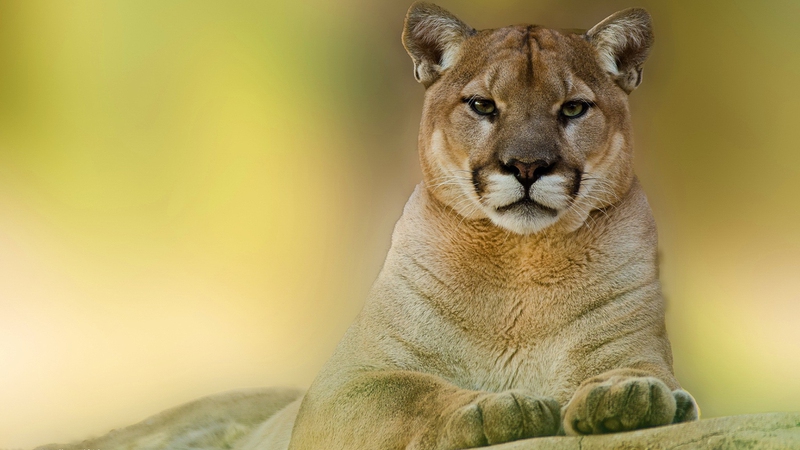
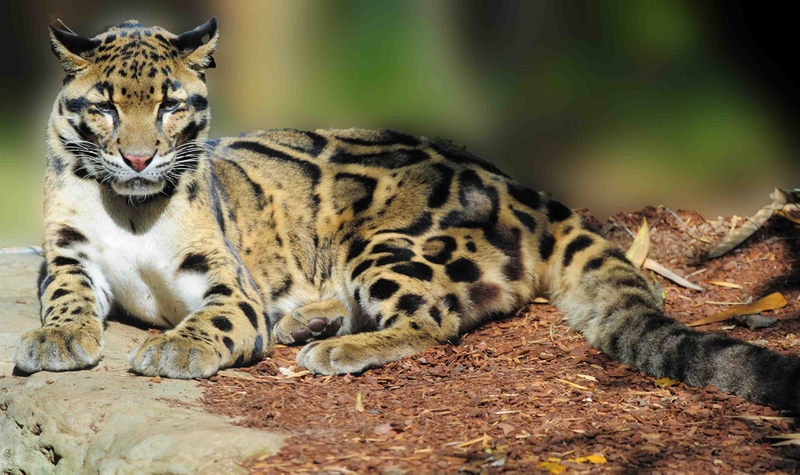

View All Comments /Add Comment